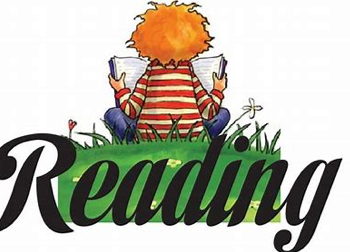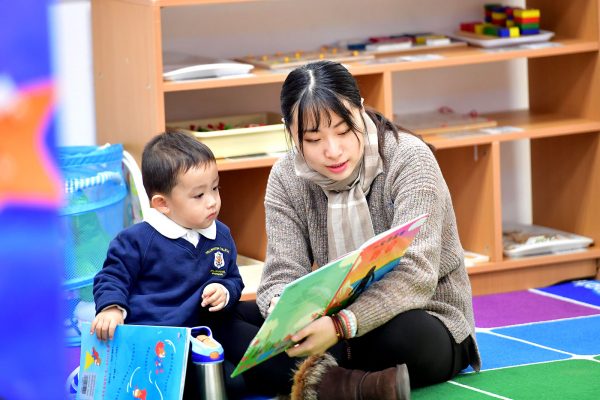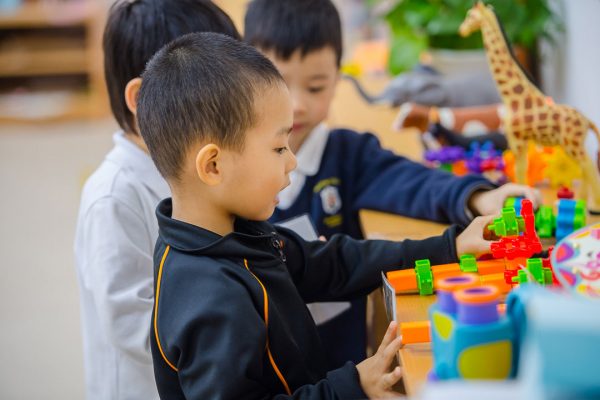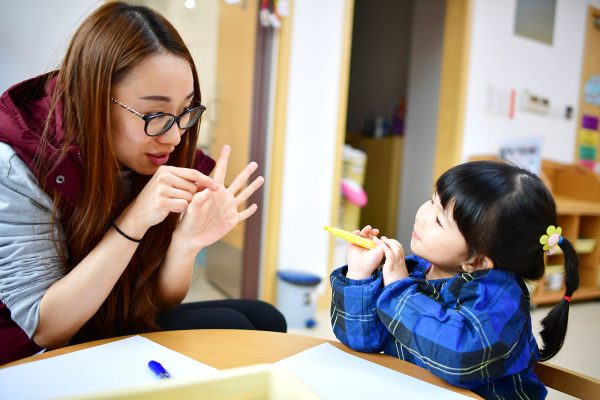
Phonics teaches children to be able to listen carefully and identify the sounds (phonemes) that make up each word. Phonics connects sounds (phonemes) and letter pictures (graphemes). Children are taught how to write the letters, in the correct direction and can use their phonics knowledge to accurately read familiar words and decode and sound out new words. Phonics starts with the easiest sounds, progressing through to the most complex. The phonics programme engages children in a range of activities and experiences to develop their speaking and listening skills and phonological awareness. It is multisensory and is systematic, with reinforcement and repetition being important to consolidate children's knowledge and ability to apply their knowledge. Phonics is an individual journey as we all learn at our own pace and this is at the centre of how we teach phonics within the setting.
Phonics is taught in phases, starting at phase 1 to phase 6. Phonics starts in EY1 with listening walks and develops with the children's ability. By the end of EY4, if children have built up the necessary knowledge they will be secure in Phase 3 or beyond. Our aim is to build up children's confidence to be able to read and understanding what they are reading and also write using their phonics knowledge.



